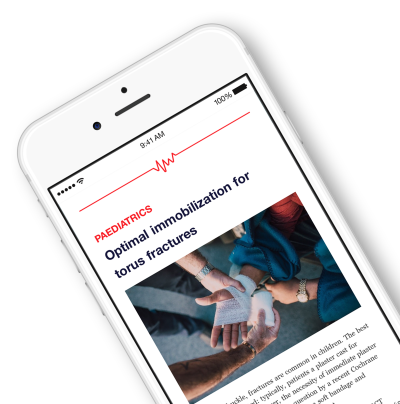
COA-ACO2018: No difference on 6-week MRI between preop MFx and sham prior to rotator cuff repair .
Early Healing Following Pre-Operative Trephination: Results From a Randomized, Controlled Trial
Patients scheduled for arthroscopic rotator cuff repair were randomized to either microfracture at the tendon insertion site or a sham procedure to be performed between 5-7 days prior to rotator cuff repair. Patients underwent MRI at 6 weeks postoperatively for collagen content of the rotator cuff enthesis. Results demonstrated no significant difference between groups in collagen content of the rotator cuff enthesis on 6-week MRI.
Unlock the Full ACE Report
You have access to 4 more FREE articles this month.
Click below to unlock and view this ACE Reports
Unlock Now
Critical appraisals of the latest, high-impact randomized controlled trials and systematic reviews in orthopaedics
Access to OrthoEvidence podcast content, including collaborations with the Journal of Bone and Joint Surgery, interviews with internationally recognized surgeons, and roundtable discussions on orthopaedic news and topics
Subscription to The Pulse, a twice-weekly evidence-based newsletter designed to help you make better clinical decisions
Exclusive access to original content articles, including in-house systematic reviews, and articles on health research methods and hot orthopaedic topics































































